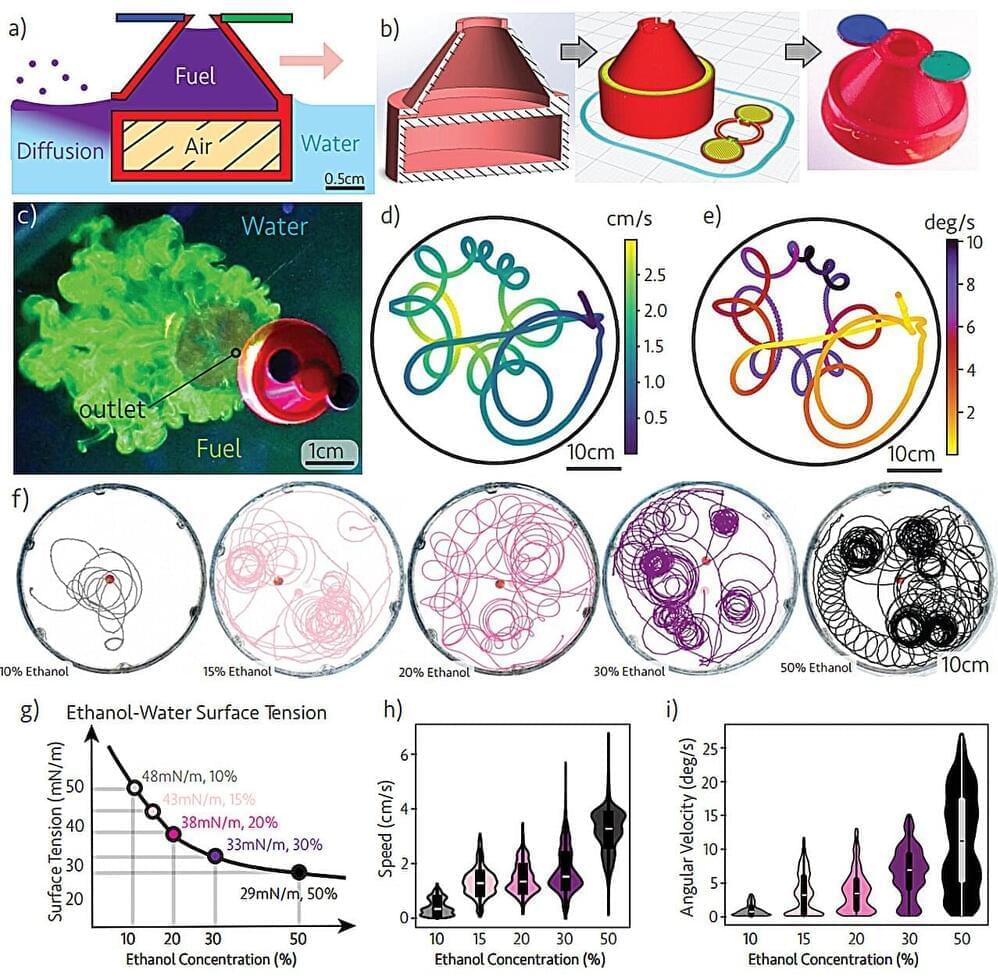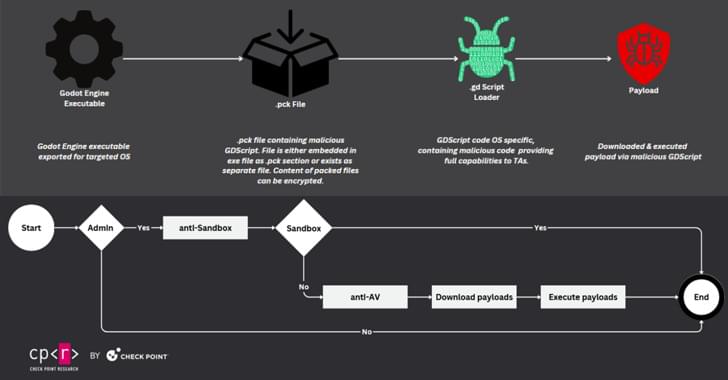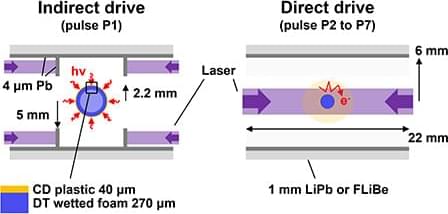What would happen day by day if aliens made contact with earth, according to ex-NASA expert.
It’s a moment that’s been depicted countless times in science fiction — but what would actually happen when extraterrestrials make contact via a signal picked up on Earth?
The moment could come as early as the end of this decade: if aliens receive signals sent by NASA’s Deep Space Network (DSN) to the Pioneer 10 satellite in the 70s, for example.
When the moment comes, the signal is most likely to be received by large ground-based telescopes such as FAST in China, the Very Large Array (VLA) in New Mexico and the Parkes Telescope in Australia, says former NASA expert Sylvester Kaczmarek.









